- Write by:
-
Monday, October 12, 2020 - 12:00:32 PM
-
519 Visit
-
Print
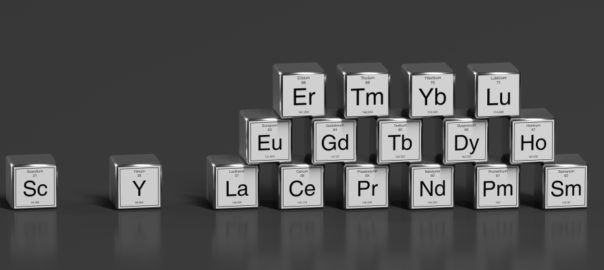
Mining News Pro - University of Exeter researchers in the United Kingdom have discovered a hypothesis to predict where rare earth elements neodymium and dysprosium can be found.
Led by Frances Wall, who is from the university’s Camborne School of Mines, the scientists conducted experiments that showed sodium and potassium are key ingredients for making neodymium and dysprosium soluble, rather than chlorine or fluorine as previously thought.
This discovery is crucial, as it determines whether the elements crystalise, which makes them fit for extraction by miners, or if they stay dissolved in fluids.
With this knowledge, geologists can make better predictions about where the best concentrations of neodymium and dysprosium are likely to be found.
The researchers who banded together for the SoS RARE project had performed previous studies on the roots of extinct carbonatite volcanoes, which is where some of the world’s best rare earth deposits occur.
One of the scientists involved in the recent study was Michael Anenburg from Australian National University.
Anenburg’s role was simulating the crystallisation of molten carbonate magma to find out which elements would be concentrated in the hot water leftover from the crystallisation process.
His work showed that without sodium and potassium, rare earth minerals precipitate into the carbonatite itself but with these elements, immediate minerals form and are replaced with the potential for dysprosium and neodymium carried out to surrounding rocks.
“This is an elegant solution that helps us understand better where heavy rare earths like dysprosium and light rare earths like neodymium may be concentrated in and around carbonatite intrusions,” Wall said.
“We were always looking for evidence of chloride-bearing solutions but failing to find it. These results give us new ideas.”
Anenburg added that his experiment revealed minerals that nature typically hides from scientists and that it was a “surprise” to discover how well they explain what scientists see in rocks and ore deposits.
The full results of the SoS RARE study have been published in the Rare earth element mobility in and around carbonatites controlled by sodium, potassium and silica, which appeared in Science Advances last Friday.
Short Link:
https://www.miningnews.ir/En/News/606037
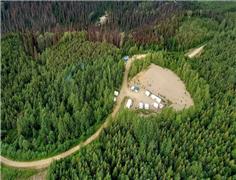
Ucore Rate Metals (TSXV: UCU) has deemed a 26-tonne sample of mixed rare earth carbonate (MREC) from the Wicheeda mine ...

Australian Strategic Materials ASM.AX said on Friday it has received a non-binding letter of interest for a debt funding ...
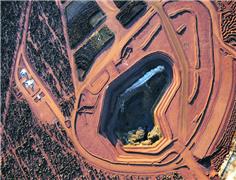
Australian miner Lynas posted a slump in third-quarter sales revenue on Wednesday, missing analyst expectations on the ...
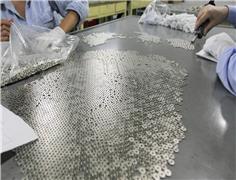
Rare earths prices in top producer China jumped to their highest in more than seven weeks on Monday on a wave of ...
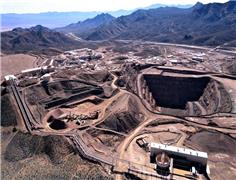
MP Materials announced on Monday it has received a $58.5 million award from the US government to advance the ...
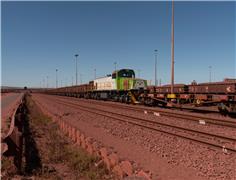
MP Materials announced on Monday it has received a $58.5 million award from the US government to advance the ...
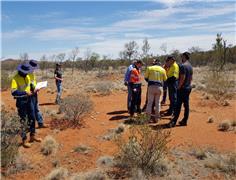
Australia will provide up to A$840 million ($550 million) for the first combined rare earths mine and refinery in the ...

Australian Prime Minister Anthony Albanese said on Thursday the country was raising ties with Vietnam to the level of a ...
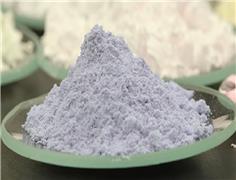
Canada Rare Earth Corp. (TSXV: LL) announced it has established rare earth supply operations in the Democratic Republic ...
No comments have been posted yet ...